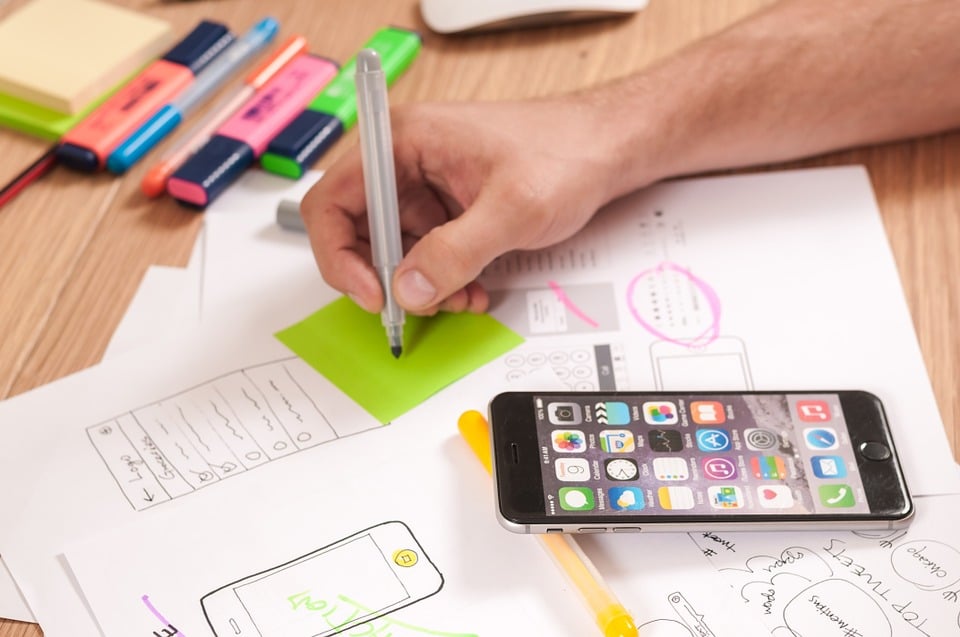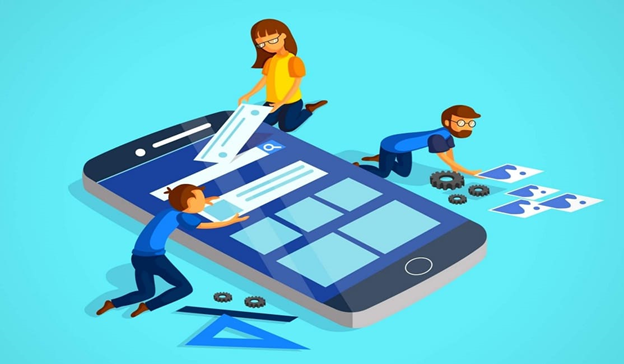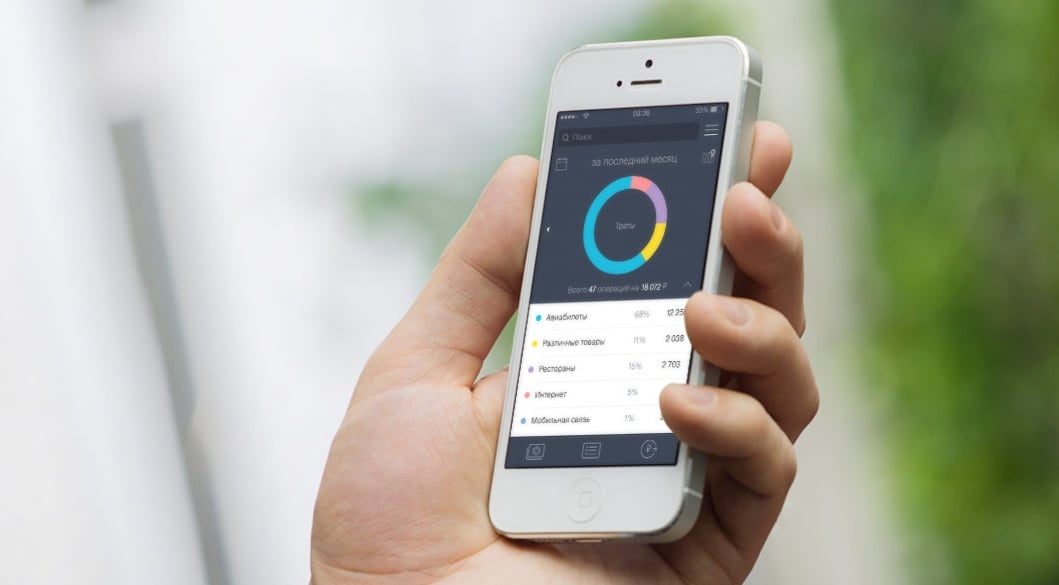Mobile app design: Do's and Don'ts
Using an app and designing an app are completely different things. If an app is designed well, you won't notice the design because you'll be too busy...


The difference between a bad application and a good application is normally the property of its User Experience (UX) or User Interface (UI). User Experience is the characterizing factor of any mobile application. Done precisely, it can make a huge impact on the app ranking in the market full of apps but if done inappropriately, it can prompt your application to uninstallation by users.
Thus, businesses proceed to incorporate and release apps with smart and innovative functionalities to fascinate in several users. Guaranteeing the quality of the apps for their performance, proficiency, and robustness will offer users with an excellent user experience.
Let us look at some of the things that you must consider to build an effective app.
Quality of image is imperative, it means making "fascination" in the form of professionalism and clean perspective. Don't simply illustrate one picture, input as many numbers of images of as you can - from distinctive angles. This is termed as great mobile UX approach.
Additionally, having zoom-in images is an awesome plan to give your customers a superior look at the item.
With regards to graphics, designers, by and large, go with the thumb rule –‘one size fits most', honestly speaking it's a wrong methodology. Most likely, this makes resource administration less complex, however, it can hurt the visual interest of your application.
For your application to look incredible, add graphics that are custom fitted to the screens of particular devices.The best graphics in load at runtime and altogether lead to a wonderful user experience.
The icon of your application ought to make your application effortlessly seen in the sea of other available apps.
Keep in mind, the applications you utilize daily - you must see them in a gigantic list of application icons on your device screen. It's justified, despite all the trouble to put some idea and exertion in making a tailored design with colors and shapes that truly emerge.Also, iOS and Android need icons in different size variations.
Additionally, one must remember these rules -
Typing on the small screen of the mobile isn't the most pleasant experience. Particularly, the most widely recognized instance of user input is filling out the form in the apps. Here are a couple of sensible suggestions to make this procedure simple for the users -
Open communication must always be the main concern of any mobile app developer. Utilize whatever you understand about your potential audience to decide whether specific phrases or words are relevant.
When you create your app for iOS or Android, do not ever copy the UI features from other app platforms. Functional elements like checkboxes, input fields, switches, as well as, typefaces ought to possess an original feel.
The UI ought to be designed in such a way that the application is completely usable on various devices and operating systems.While building an app give special importance to -
There’s no benefit in pixel-perfecting your app buttons and CTAs in case that other components took over them on the screen, or the colors merge up making it tough to read. So, always endeavor to make them completely visible to provide a user-friendly app.
Bad copy relates to a bad user experience. Fonts, font colors, and sizes correspond to a uniform style. Don’t let your users pinch to read the content. The suggested font size is 14px or 16px and even above.
Make sure the user has a good tappable area. Clustering a lot of buttons and tappable controls together might become a problem. Apple suggests a tappable area of at least 30x30 px
In case you are using drop shadows and different styling in your app controls, be specific to have a uniform orientation of the shadows on the device screen.
Also, in terms of gradients, apply consistent values in your graphics editor in order to have the consistent textures and gradient.
App developers should check with its customer support team regarding the things your users have been requesting. This is an essentially continuous procedure.
This element requires you to check - swiping for right-handed and left-handed users, dragging, rotating, pinching, zooming, motion-detection as might be demanded in smartphones, IoT devices, and wearables etc.
Gone is the time when the clients desired the best icons and content on their screens. Currently, they desire to look at something that is easy on their eyes. It's one of the best mobile user experience practice.
Accessible design permits users to control the app add-on efficiently. To give good accessible design, follow these rules -
Usually, security and compliance for accessibility issues are examined at the time of the application development procedure. However, being a UI manager, you should always remember to talk with your back-end personnel and different app developing authorities to verify relevant information is distributed in a user-centric method.
This strategy is helpful to improve the general experience and overcome the learning curve of the users.
After immersing the user instantly into the workflow, the other most important UX factor of your application is tracking functionality. You’ll have to resist an uncertain balance on flooding the user with notifications and neglecting to notify them with appropriate developments.
Localization includes tasks during your application development process, so planning is important. This checklist recognizes the important features of localization required to make your application ready for effective local releases.
Use a unique set of adaptable layouts, system-provided layouts for dates, times, currencies, numbers, and add a comprehensive set of default resources.
A user flow is a visible documentation that maps out the flow of how users interact and follow your web interface to meet their purposes.Strive to build a smooth user flow that meets your user's needs and business objectives.
Various users have various goals, requirements, and expectations. Thus, the user flow will be distinctive for all the users.
Emphasize and polish your designs by rapid prototyping with your users or team. Constantly prototype and check your wireframes prior to creating high accuracy mockups.
Test as much as you can with your team, and if time permits try to target a small group of users. As a result, if you detect a problem, you can update or modify the wireframes and repeat the test.
This is the checklist of elements that are most useful in the app development cycle. The effort and time you employ to every phase also depend on every specific venture. All these checklist factors during the app development process will not only help your work process to run adequately and efficiently though furthermore ascertain if your UX/UI design fits the expectations of your clients or users.
If you need help with designing your apps, do get in touch.

Using an app and designing an app are completely different things. If an app is designed well, you won't notice the design because you'll be too busy...

On the off chance that you are anticipating planning your fantasy app and make it stand out of the app swarm, at that point you should peruse the...

Instant apps are ready to use apps on the Google Play Store that users can try without even downloading the app. These apps are designed to break the...